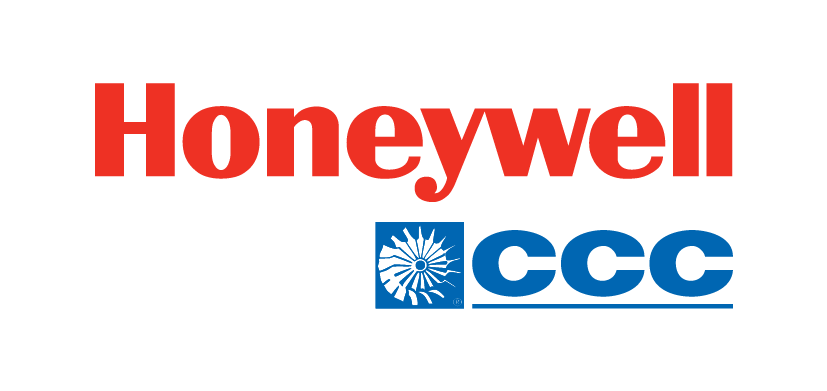The two principal techniques for removing NGLs from natural gas streams are the absorption method and the cryogenic expansion method. These processing techniques account for around 90% of total worldwide natural gas liquids production. Operational efficiency and reliability are crucial in the process of separating natural gas liquids (NGL) from “raw” natural gas fields. Optimizing feed-gas compressors, cryogenic expander-booster compressors, absorption refrigeration compression systems, and residual gas compressors are critical to maximize the production of NGLs, reducing plant downtime, and maximizing methane throughput.
Challenges:
The capacity of gas processing plants has increased in the past several decades requiring many plants to operate two or more turboexpander trains in parallel. Conventional control methods for turboexpander recompressors are based on simplistic assumptions and use over simplified control solutions. In general, the conventional control schemes are based on a split range control between the expander guide vanes and the Joule-Thompson (J-T) valve with an addition of a low signal selector to allow for independent closer of the expander guide vanes. A simplistic control scheme poses the following challenges:
Operation of the expander is not seamless when the speed needs to be limited
The operation is not smooth when the turbo-expander-recompressor unit shuts down
Load-sharing between units
start-up and shutdown of parallel units
Coordinated control with one or more JT valves
Solution:
For most compressors, increasing the flow rate leads to increasing the power needed to drive the compressor. Since opening the recycle valve increases the flow rate through the compressor, the recycle valve can be used to vary the rotational speed of the turboexpander train. Therefore, the speed of the train can be first limited by opening the compressor’s recycle valve. This will result in an increase in torque delivered by the compressor while the torque from the expander remains the same and in turn will slow down the turboexpander train. By using the recompressor recycle valve first, the expander guide vanes are allowed to remain in a more open position.
Results:
The increased condensate is due to the expansion of gas in the expander in an isentropic work producing process whereas the expansion across the J-T valve is an isenthalpic process. This means that both temperature and pressure will be lower after expansion through the expander than it would be if expanded across a J-T valve. Lower temperature and pressure allow for increased production in condensates.

